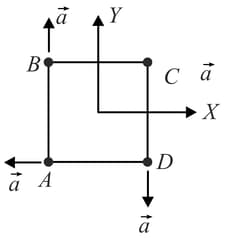Consider three systems, each with three masses, with centre of mass at point as shown in the figure - figure - and figure - respectively. The same force is applied on the each system separately to just one of the three masses as shown. Which of the following statements is true.
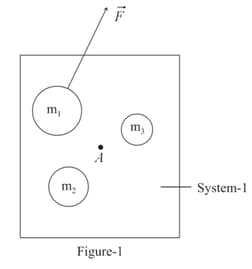
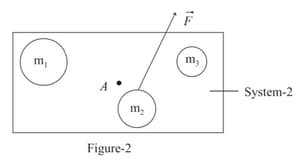
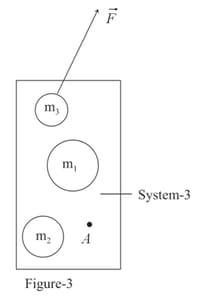



Important Questions on Centre of Mass, Momentum and Collisions
If the sum of external forces acting on a system is zero, then the centre of mass
Two particles of masses move with initial velocities and . On collision, one of the particles get excited to higher level, after absorbing energy If final velocities of particles be and then we must have:
A small ring is rolling without slipping on the circumference of a large bowl as shown below in the figure. The ring is moving down at , comes down to the lower most point and is climbing up at . Let denote the velocity of the centre of mass of the ring. Choose the correct statement regarding the frictional force on the ring.
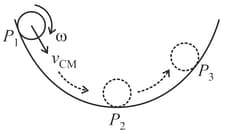
In figure and represent the total energy and speed of centre of mass of an object of mass in pure rolling. The object is:
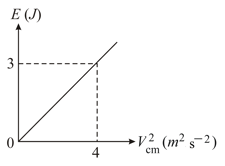
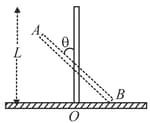
[Take ]
A plank is moving in a horizontal direction with a constant acceleration . A uniform rough cubical block of side rests on the plank and is at rest relative to the plank.

Let the centre of mass of the block be at at a given instant. If , then the normal reaction exerted by the plank on the block at that instant acts at
Two masses and , each of mass are fixed together by a massless spring, A force acts on the mass as shown in figure. If the mass starts moving away from mass with acceleration , then the acceleration of mass will be :

Four particles and with masses and are at the corners of a square. They have accelerations of equal magnitude with directions as shown. The acceleration of the centre of mass of the particles is:
